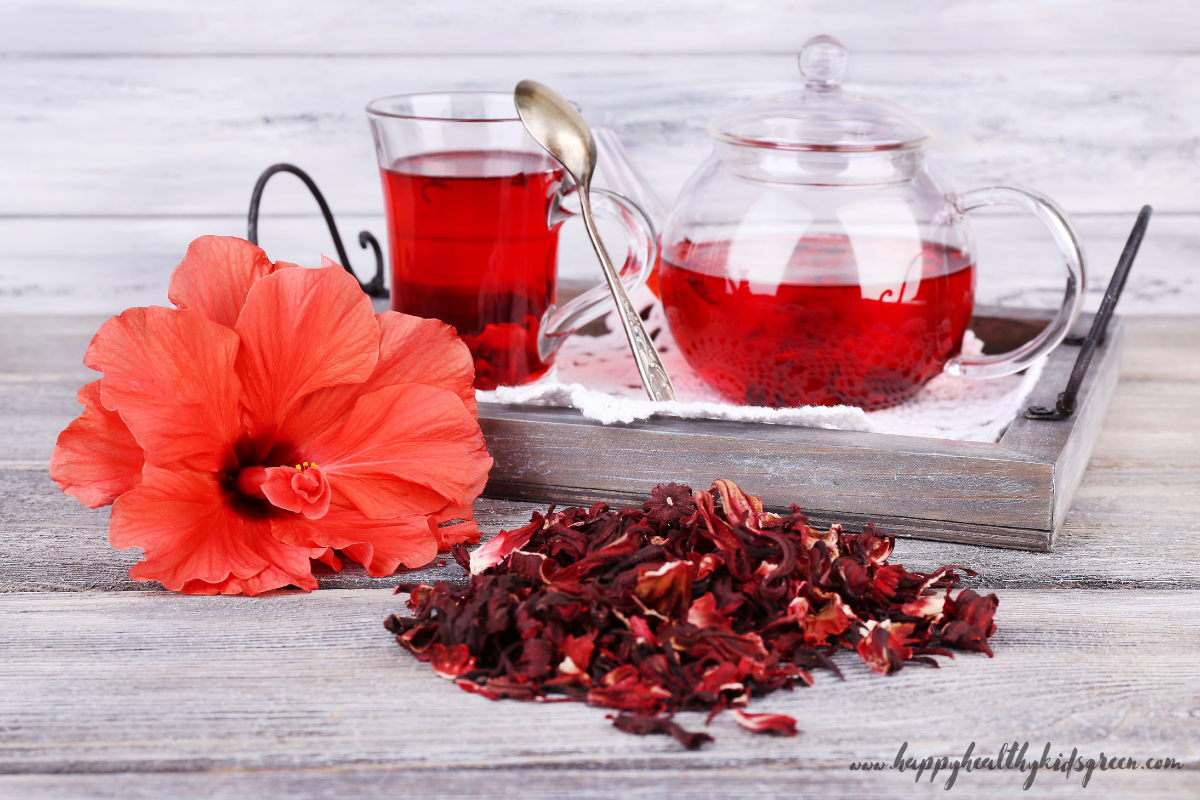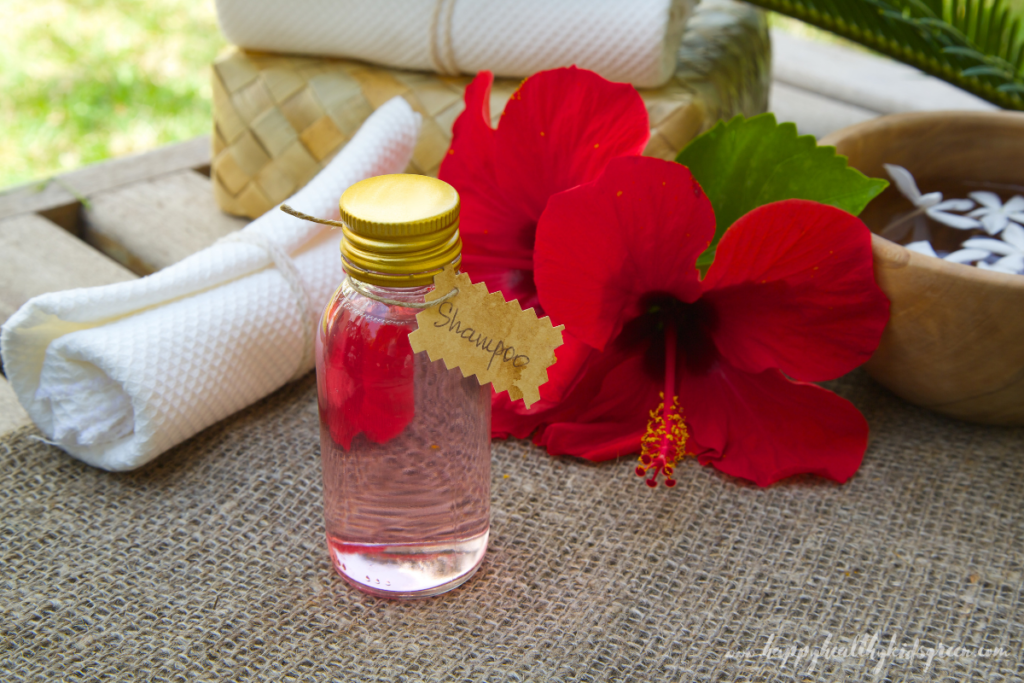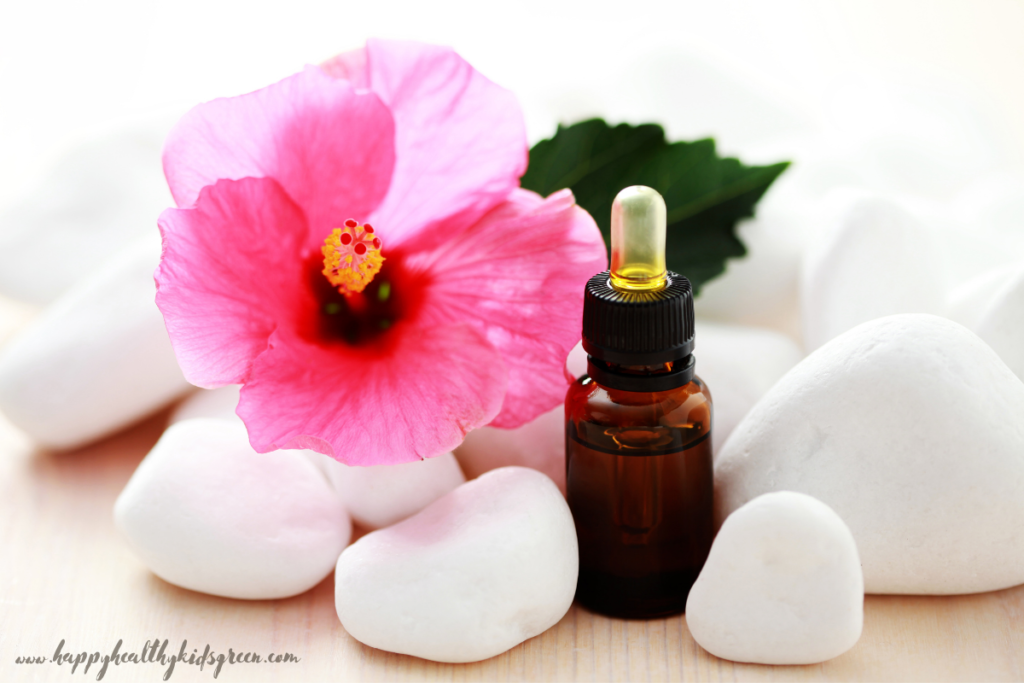HIBISCUS

Hibiscus, or hibiscus, also known as the Chinese rose and the Sudanese mallow, is an ornamental plant with medicinal properties, used in the pharmaceutical industry. It is native to Asia and North Africa.

CHARACTERISTICS
Hibiscus is a Chinese rose, mallow or hibiscus. This plant is native to China and Taiwan. Hibiscus shrubs are now most common in Africa and Southeast Asia. The plant also grows in Australia, Central America, Brazil, Florida, the Philippines and Hawaii.
Hibiscus bushes also grow in Poland and reach 3 meters in height, they have dark green leaves and stiff shoots. The most impressive are hibiscus flowers, which look like garden mallow, are quite large and can be white, blue, purple, red or orange. The scent of hibiscus flowers is weak and their taste sour, which is why it is often used in the food industry.
Hibiscus flowers are made of organic citric, malic, hibiscus and tartaric acids. They also contain flavonoids and protocatechic acid.
NUTRIENTS
Hibiscus has been known for centuries for its health-promoting properties and those useful in cosmetics.
Hibiscus flower tea has anti-inflammatory, diuretic and antiseptic properties. Hibiscus extract applied to the skin moisturizes, rejuvenates and regenerates it, and also has a beneficial effect on the hair.
Hibiscus flowers contain many valuable substances, including organic acids (citric, malic, tartaric and oxalic acids), which accelerate metabolic processes in cells, have a beneficial effect on the condition of the skin and regenerate the body.
Other valuable substances in hibiscus flowers are flavonoids – powerful natural antioxidants that also have anti-inflammatory and diuretic effects.
Phenols present in hibiscus flowers also help fight free radicals and have bactericidal properties. Hibiscus flower essential oil has antibacterial, analgesic and calming properties.
In addition, hibiscus flowers are also a rich source of vitamin C, fiber, unsaturated fatty acids and calcium.
HIBISCUS – PROPERTIES
Hibiscus tea is a great way to cleanse the body of harmful metabolic products. It will also accelerate metabolic processes.
Hibiscus infusion has a diuretic effect, it is used in the prevention and treatment of kidney stones. It also supports the work of the liver.
Hibiscus lowers blood pressure, so tea from its flowers is recommended for people who have problems with high blood pressure.
Hibiscus is also great for colds and flu due to the high dose of vitamin C it contains. Hibiscus flowers are also a natural remedy to increase immunity.
Hibiscus contains a lot of antioxidants, which is why it is helpful in the prevention of atherosclerosis and in the treatment of already existing atherosclerotic changes. It has a positive effect on cholesterol levels, and also lowers blood glucose levels. Thanks to its detoxifying effect, hibiscus also supports weight loss.
Hibiscus flower extract applied externally firms the skin and visibly reduces wrinkles. The antioxidant substances contained in hibiscus additionally slow down the aging process of the skin and help to nourish and regenerate it. For this reason, hibiscus flower extract is used in the cosmetics industry to produce rejuvenating creams, toners, face serums and masks.
Hibiscus infusion rubbed into the hair will work on it as the best conditioner, it will also strengthen and nourish the scalp.
Hibiscus is especially recommended for couperose skin – the substances contained in the hibiscus flower extract strengthen the walls of blood vessels and make the “spider veins” disappear, or at least become less visible.
You can buy face masks and hair masks with hibiscus at the drugstore or make them yourself at home. To make a face mask, we need a handful of hibiscus petals, a spoonful of honey and some milk. Grate the ingredients into a mush and put on the face for 15-20 minutes.
For a hair and scalp conditioner, we need a tablespoon of hibiscus flakes and 4 tablespoons of vegetable oil. We put the mask on the hair, wrap the head with a towel, and after an hour, wash the hair with a delicate shampoo. After such treatment, the hair will regain its shine and bounce.
You can also make a hibiscus tonic to wash your face. Pour 3 tablespoons of hibiscus flakes with a glass of boiling water, then let the infusion cool down. We wash our face with it twice a day.

HIBISCUS – INDICATIONS
Hibiscus is a very health-promoting plant, but the infusion of hibiscus flowers is not recommended for everyone. Hibiscus tea should not be drunk by pregnant women, for example. There is no scientific confirmation of the adverse effects of hibiscus infusion on the development of the fetus, but such negative effects have not been scientifically excluded.
Hibiscus flowers should not be drunk by people with low blood pressure, because hibiscus tea additionally lowers the pressure.
Hibiscus is also not recommended for people suffering from gastric ulcer or gastritis. Organic acids in hibiscus flowers can additionally irritate the digestive tract.
Hibiscus flower drink is also not good for women who have hormonal disorders – hibiscus reduces the level of estrogen in the blood.
CULTIVATION
Growing hibiscus is quite difficult as this plant requires warmth and a lot of sunlight. At the same time, the plant likes a moist substrate.
Garden hibiscus comes in many varieties that decorate any garden. In order for them to grow well, a sheltered and sunny place should be found for them. Hibiscus likes fertile, humus soil. Bushes are planted after frost, and potted plants should be kept in greenhouses.
Hibiscus can also be grown at home, but you need to provide it with adequate air humidity and sprinkle water on the leaves. However, the plant is so demanding that the substrate cannot be too moist or too dry. Properly cared for hibiscus will bloom from July to September.
FERTILIZERS
Hibiscus is a flowering plant, so it is worth using fertilizers in its cultivation. It is best to choose fertilizers for flowering and long-acting plants applied once a season. Since the bush does not like low temperatures, it is worth protecting the shrubs against cold during winter.
In the spring, young shoots should be trimmed and damaged plant parts removed. It is also good to adjust the shape of the hibiscus bush.
In home conditions, hibiscus should be cleaned of dust, and in February, young specimens should be transplanted into a larger pot. Vaccines can be collected at the turn of May and June.


